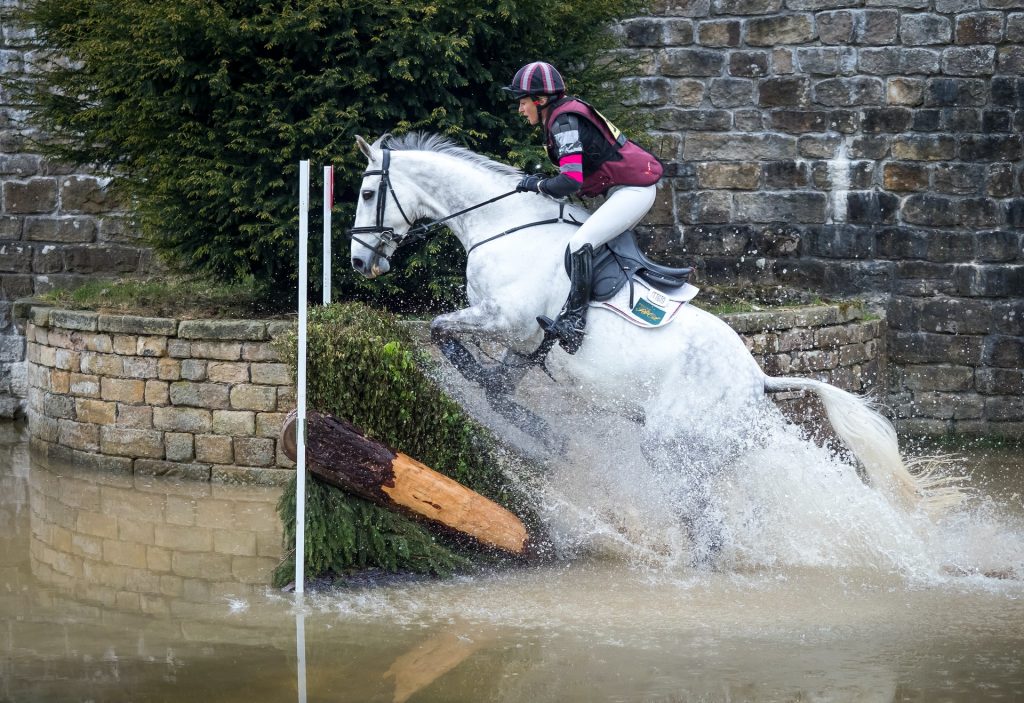From the saddle, reins are essential for talking with your horse. The appropriate set of reins, which are used to signal and regulate speed and direction, can make a difference between a pleasant ride and a disaster. We lay down the 4 most prevalent types of reins being used in western disciplines—romal, split, mecate, and roping—along with instructions on how to use them properly.
Split Western Reins
Split reins, which are normally composed of 2 strips of leather, could also be constructed of braid cotton rope. The widths differ. Regular riders favour a 3/4-inch width with most riding and a 5/8-inch range with a snaffle bit.
Split reins are now popular in most western contests, including western pleasure, reining, horsemanship, and cutting.
Split reins enable you to fine-tune one rein or another, command your horse with a single rein, use a neck rein, and/or a variety of other signals with 1 or both hands, and pull the strings in a variety of positions. This is the most adaptable rein type.
Romal Reins
Romal horse reins are made up of 2 parts: the reins and the romal. This is a single component linked to the reins. They are inspired from classic Spanish vaquero practices. On the end of the romal is generally a piece of leather termed a popper.
They’re mainly fashioned of rawhide nowadays. Many bridled reined cow horses (as opposed to one in a hackamore) are mounted in competitions using a romal, especially on the West Coast. A romal is used by some horsemen in trail and other all-around competitions, but it can be used in a variety of fields. They’re also useful for horse training.
With one hand, you’ll grip the reins and another, the tail. It’s good to maintain your reins straight and at the proper length when they’re held correctly rather than split reins. They aid in maintaining your horse erect and in the middle of your reins. Romal reins also are a good way to see how well your horse understands rein commands.
Roping Reins
Roping reins are constructed from a singular length of leather, braiding nylon, or cotton and are linked to the bits in a ring around the horse’s neck. Solely on a single end, there is frequently a snap. Speed and roping events, such as barrel racing, are done with these western reins. Roping reins are simple to handle for a newbie or a rider who has to hold the seat horn with the other hand, such as a roper.
Mecate Reins
A bosal, also termed as a hackamore, is commonly used with mecate reins. Mecate reins are made of horse tail hair or mane, mohair, or nylon in a variety of thicknesses, with 1 length of rope hooked to the bosal to produce a loop around the horse’s neck and the remainder looped around the seat horn as a leading rope. Another result of Spanish vaquero technique is the mecate and boscal. During the early stages of training, horses are frequently fitted with a bosal and mecate; they can be seen in this equipment as long as they are under the age restriction. Specifics can be found in your book of rules. With the exception of horsemanship and speed events, they’re suited for most competitions. Normally, you’ll be riding
